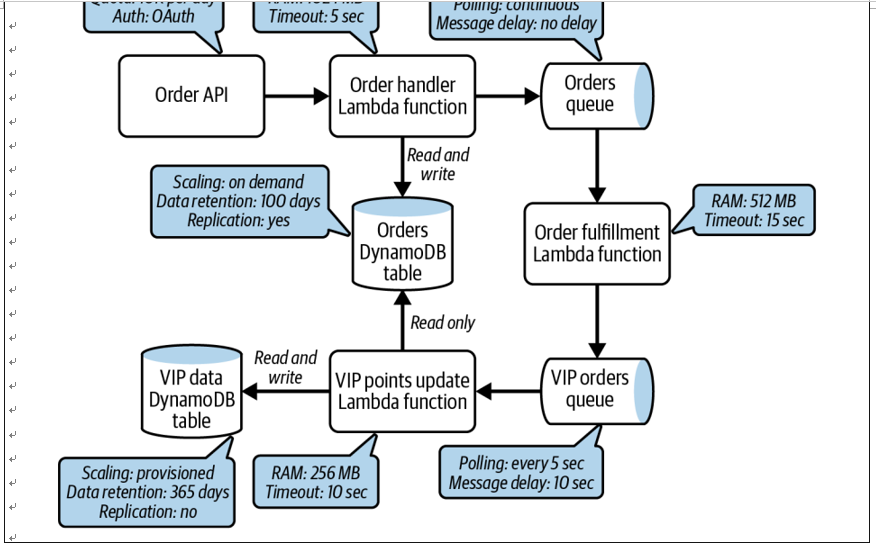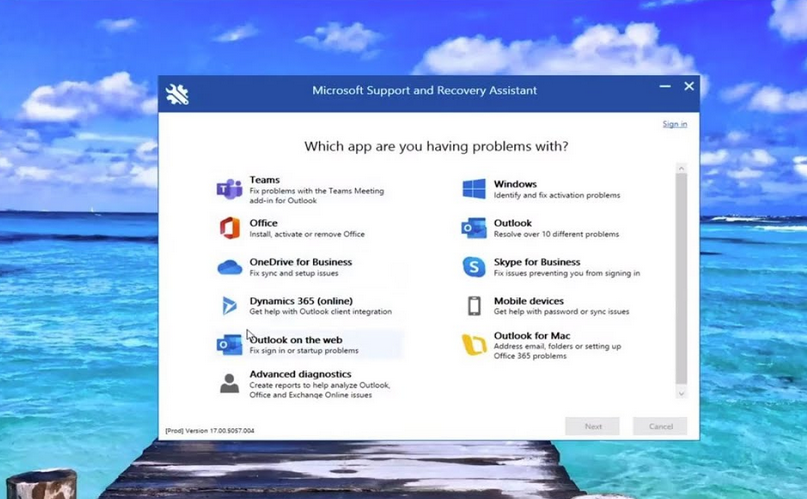The Unique Benefits of Serverless – Introduction to Serverless on AWS
The Unique Benefits of Serverless
Along with the core characteristics of serverless that you saw in the previous section, understanding some of its unique benefits is essential to optimize the development process and enable teams to improve their velocity in delivering business outcomes. In this section, we’ll take a look at some of the key features serverless supports.
Individuality and Granularity of Resources
“One size fits all” does not apply to serverless. The ability to configure and operate serverless services at an individual level allows you to look at your serverless applica‐ tion not just as a whole but at the level of each resource, working with its specific characteristics. Unlike with traditional container applications, you no longer need to set a common set of operational characteristics at the container level.
Say your application has several Lambda functions. Some functions handle user requests from your website, while others perform batch jobs on the backend. You may provide more memory for the user-facing functions to enable them to respond quickly, and opt for a longer timeout for the backend batch job functions where performance is not critical. With Amazon Simple Queue Service (SQS) queues, for example, you configure how quickly you want to process the messages as they come into the queue, or you can decide whether to delay when a message becomes available for processing.
Amazon SQS is a fully managed and highly scalable message queu‐ ing service used to send, receive, and store messages. It is one of AWS’s core services and helps build loosely coupled microservices. Each SQS queue has several attributes; you can adjust these values to configure the queue as needed.
When you build an application that uses several resources—Lambda functions, SQS queues, DynamoDB tables, S3 buckets, etc.—you have the flexibility to adjust each resource’s behavior as dictated by the business and operational requirements. This is depicted in Figure 1-10, which shows part of an order processing microservice.
The ability to operate at a granular level brings many benefits, as you will see throughout this book. Understanding the individuality of resources and developing a granular mindset while building serverless applications helps you design secure, cost-effective, and sustainable solutions that are easy to operate.

Figure 1-10. A section of an order processing microservice, illustrating how each server‐ less resource has different configurations
